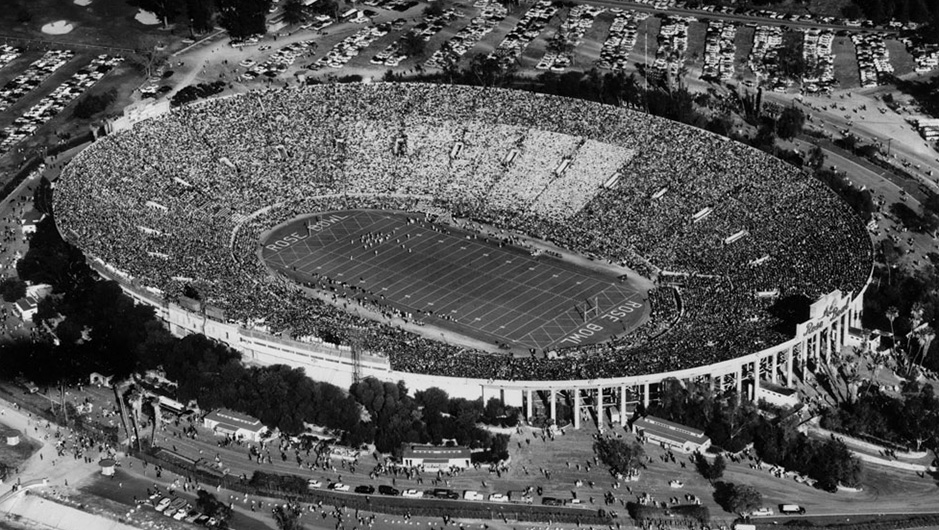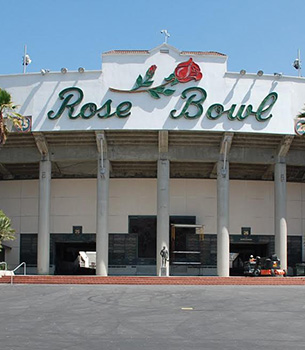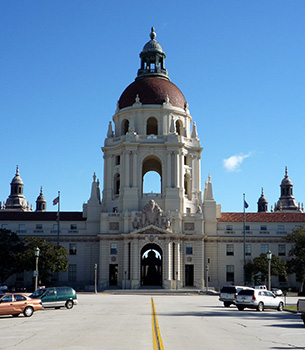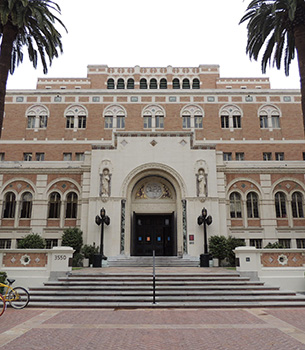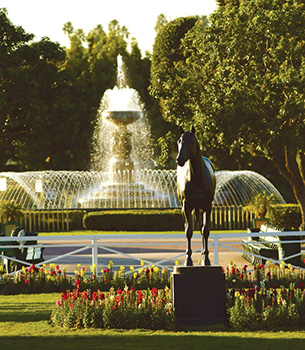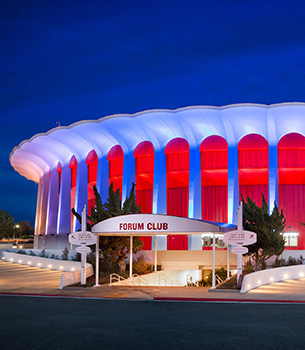The Rose Bowl
Pasadena’s world-famous stadium has been a landmark structure in Southern California since its official dedication in 1923. Beloved by college football fans across the United States, the Rose Bowl is a National Historic Landmark. A clear need to improve the stadium’s functionality created the classic conundrum for stewards of historic resources: how to upgrade a historic structure to contemporary standards without sacrificing the characteristics and features that convey its historic significance. In the case of the Rose Bowl the stakes were high as the whole nation would be watching.
Historic Resources Group completed a Historic Structure Report and Preservation Plan as mitigation for improvements made in 1995. Designed to be actively used by facilities management as decisions are made regarding the property, these comprehensive planning and maintenance tools include an illustrated construction history of the stadium, a guide to the treatment of historic materials found at the facility, a chronological database of all changes made to the facility, and a complete bibliography and guide to the archives where historic drawings and photographs of the Rose Bowl can be found.
HRG has continued as the historic preservation consultant to the Rose Bowl during recent improvement projects, including those that are still underway, and is serving as the local representative for the project architect. The current project includes additions to address programming requirements, accessible restroom facilities and seating areas, new stadium seats, enlarged tunnel access, and a new press box. Under HRG’s guidance, all improvements were made in compliance with the Secretary of the Interior’s Standards for Rehabilitation.
Above: Photo courtesy of University of Southern California Special Collections.
